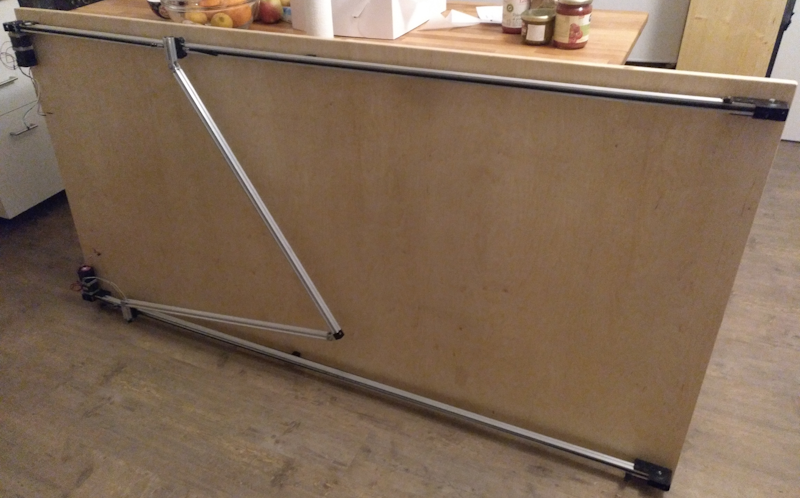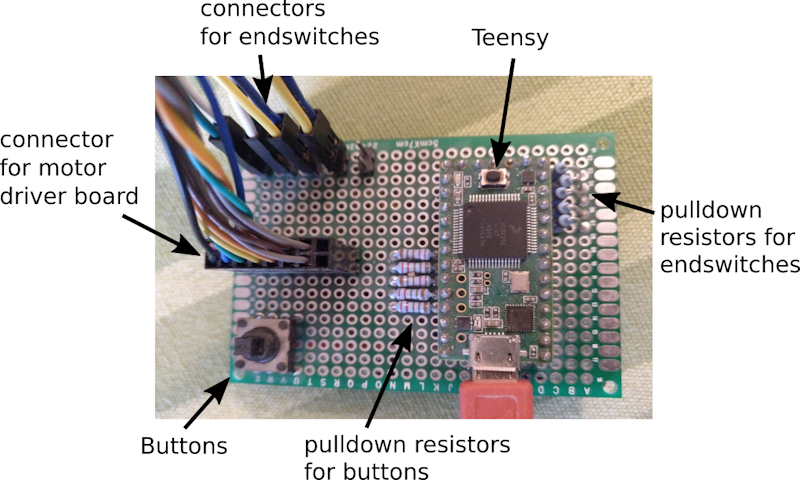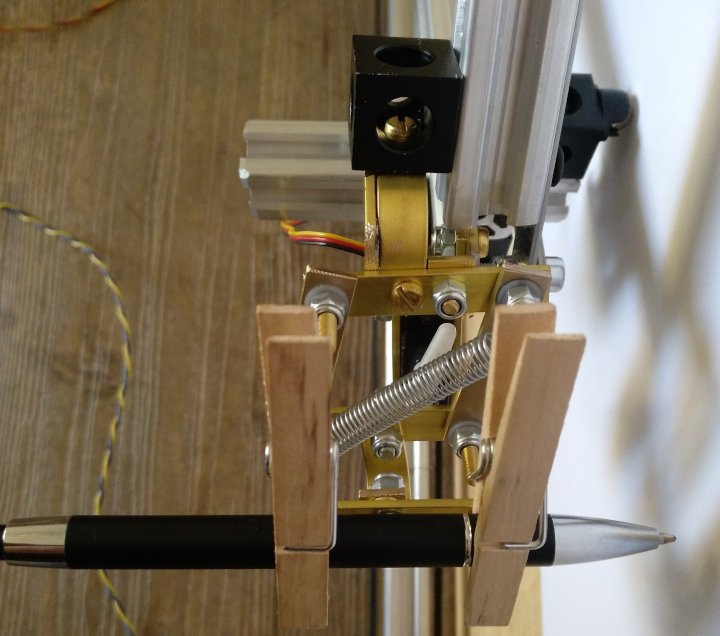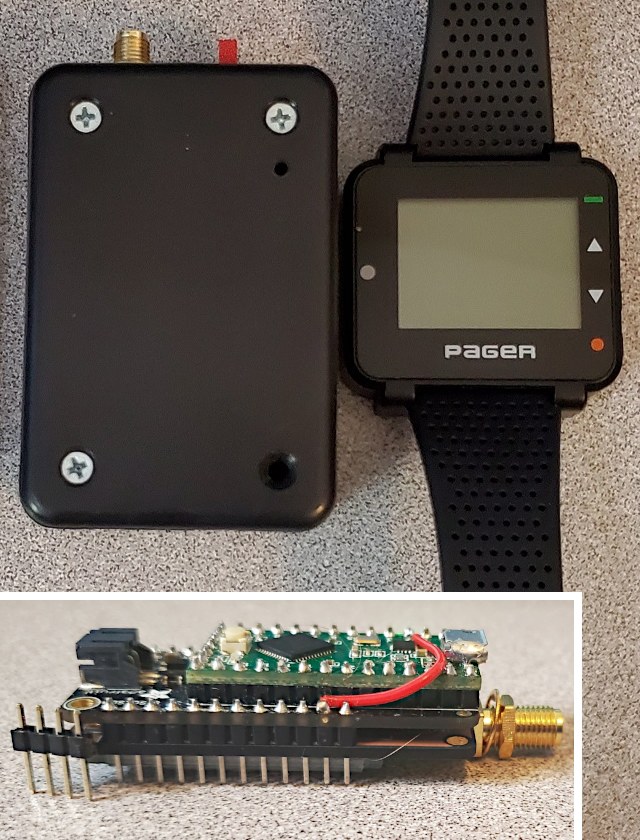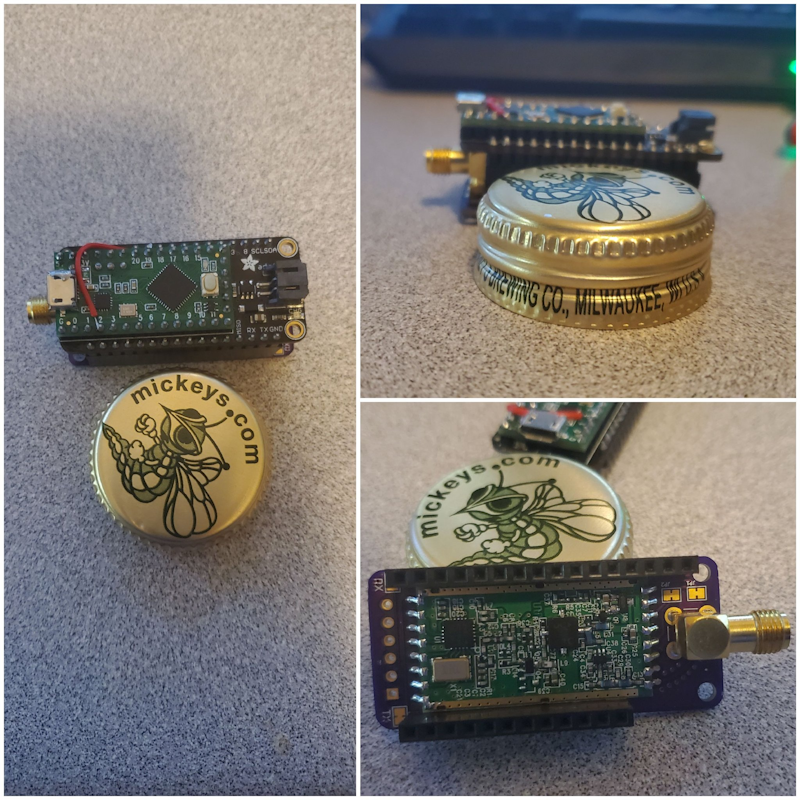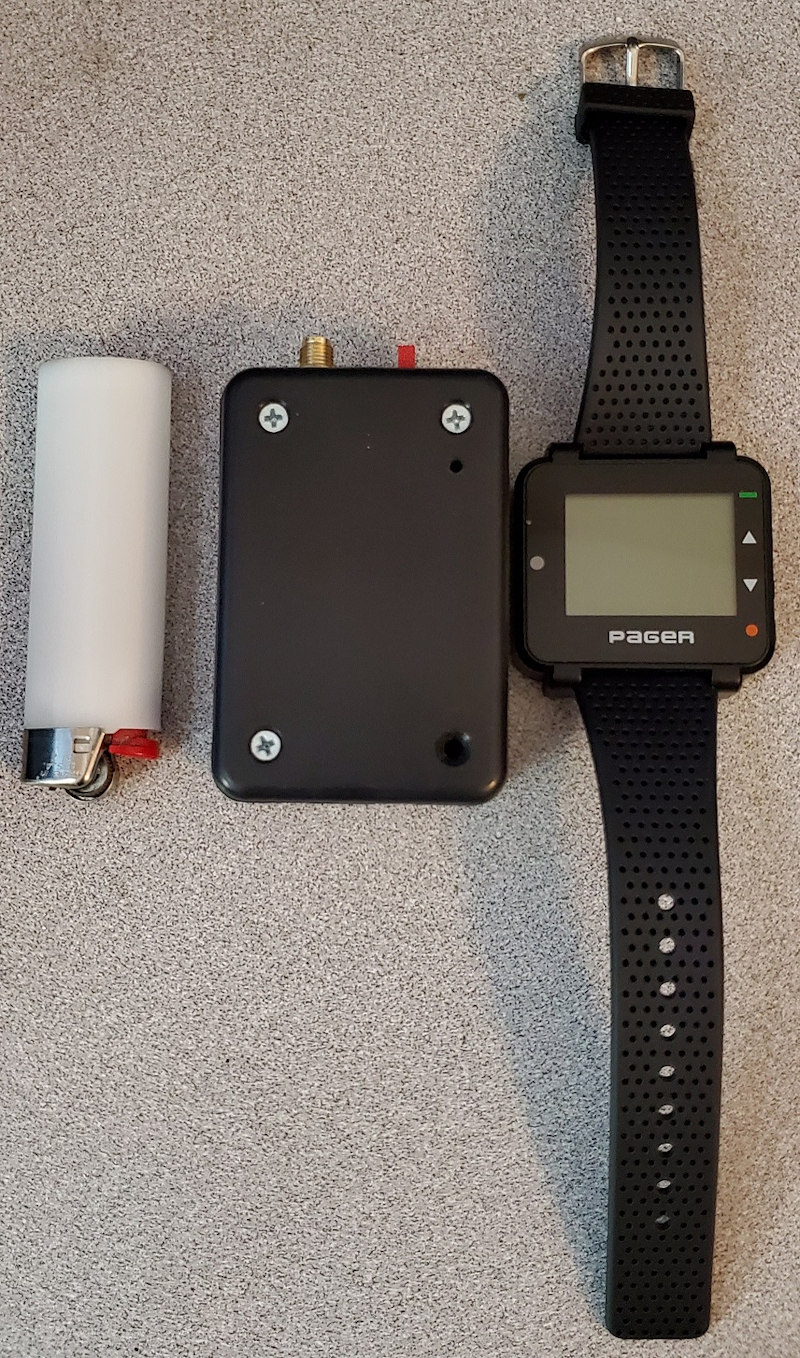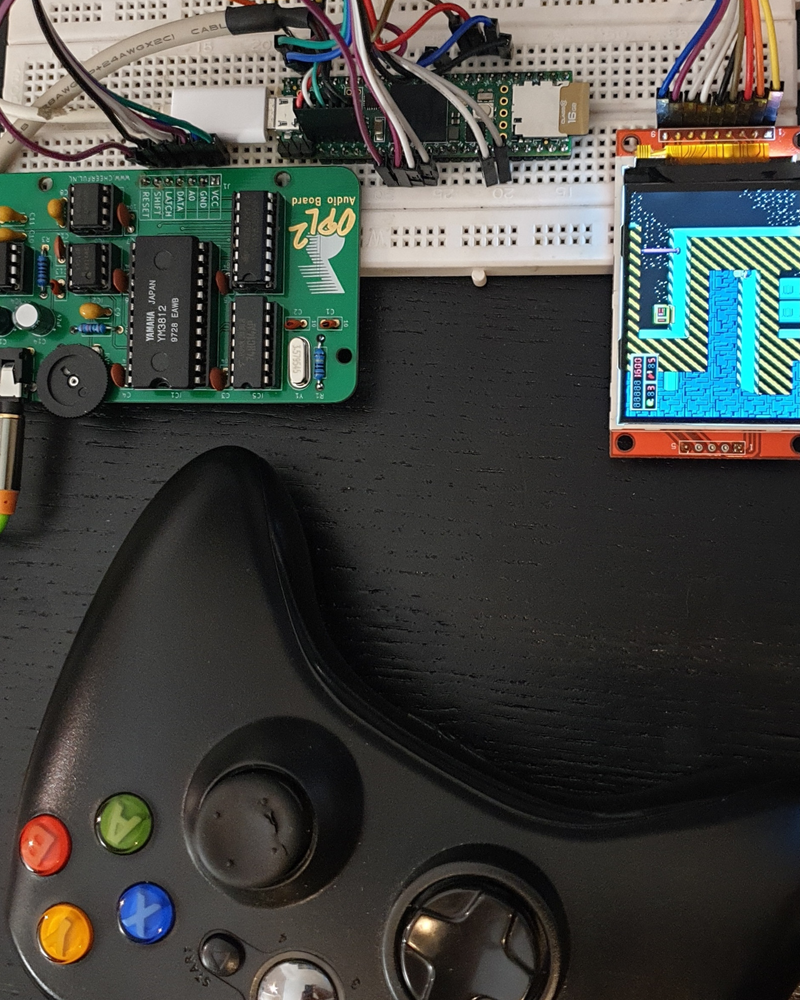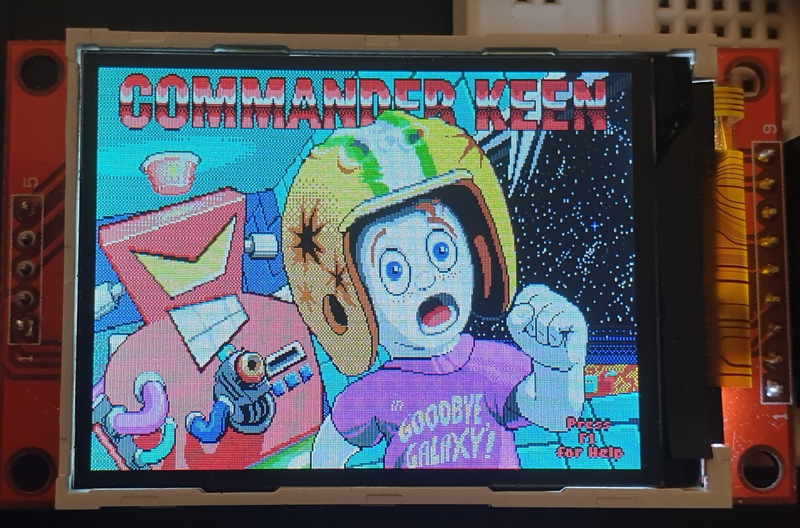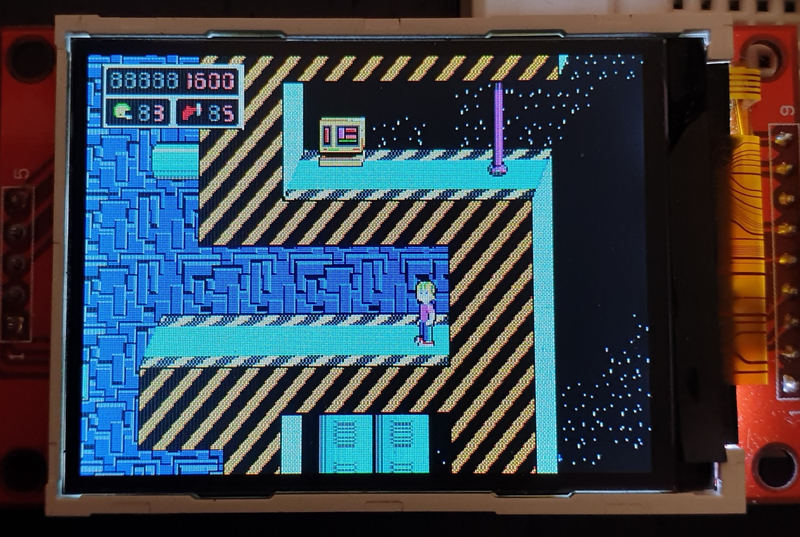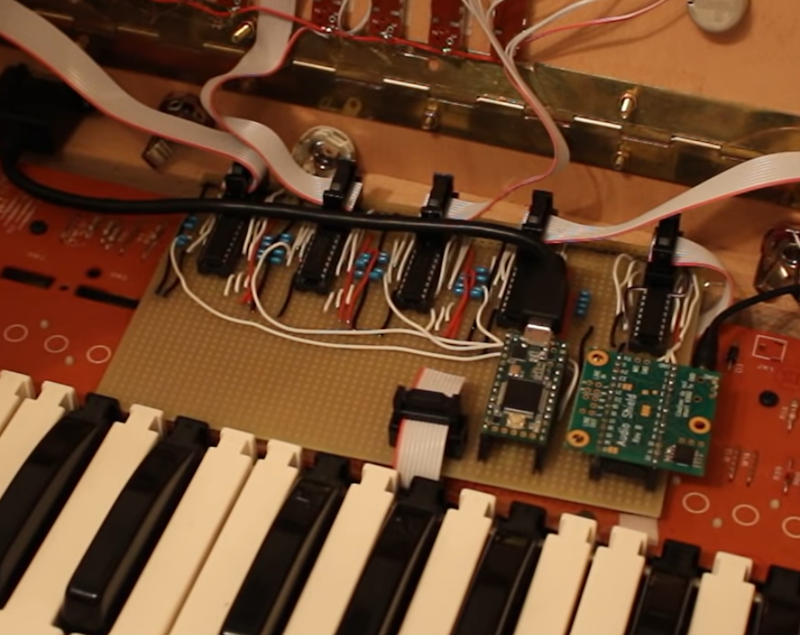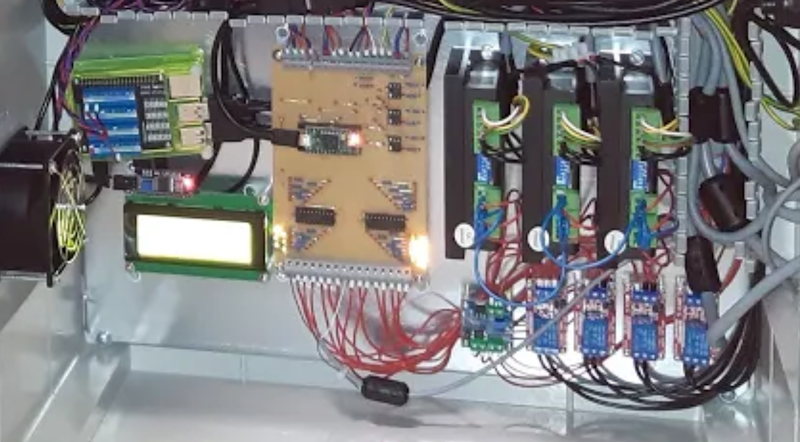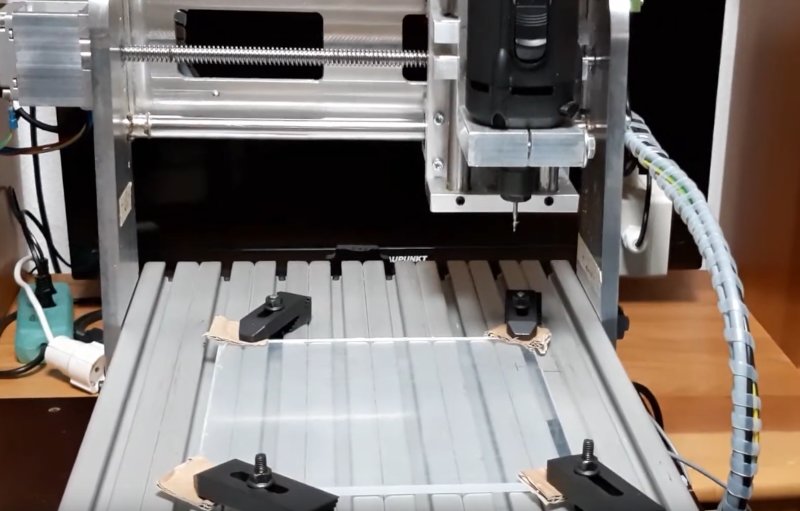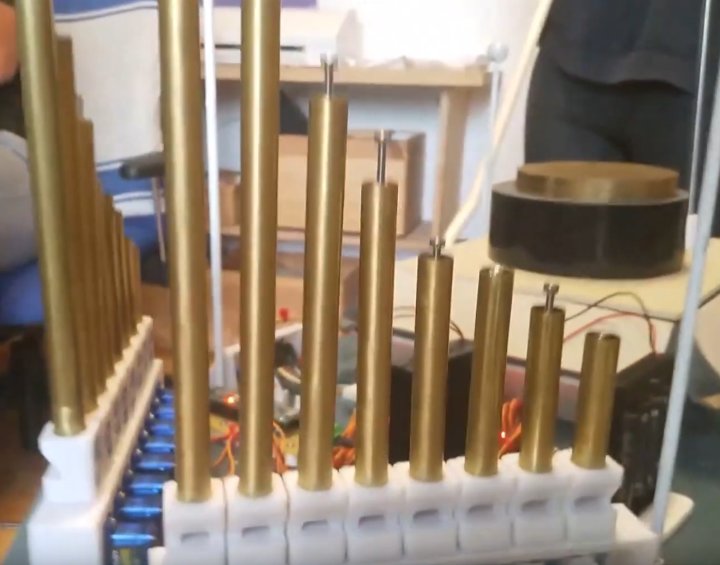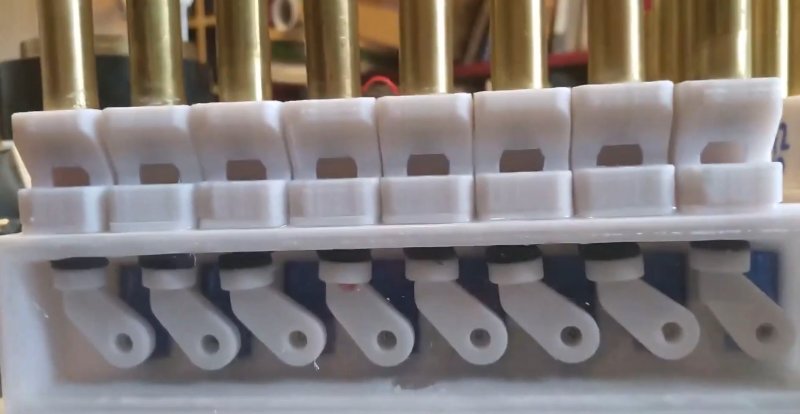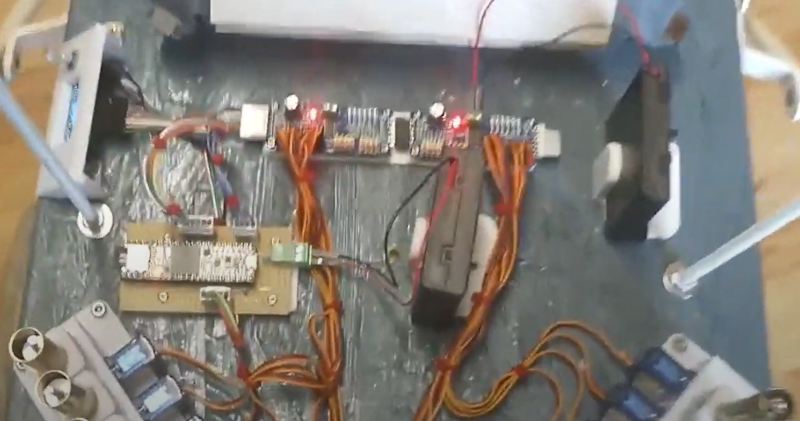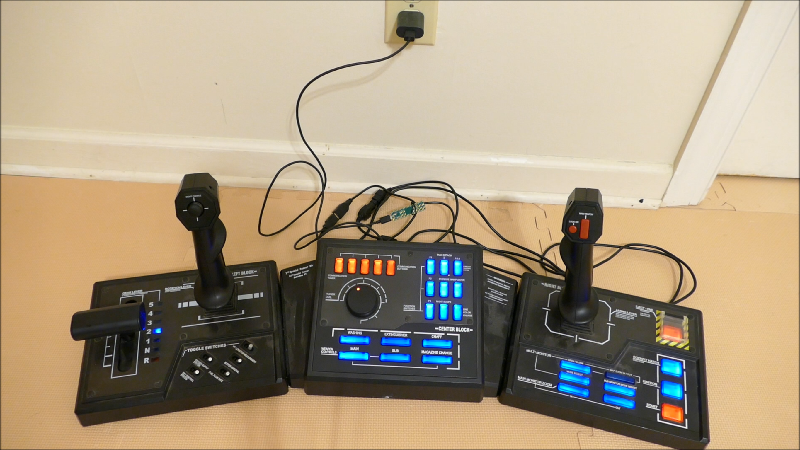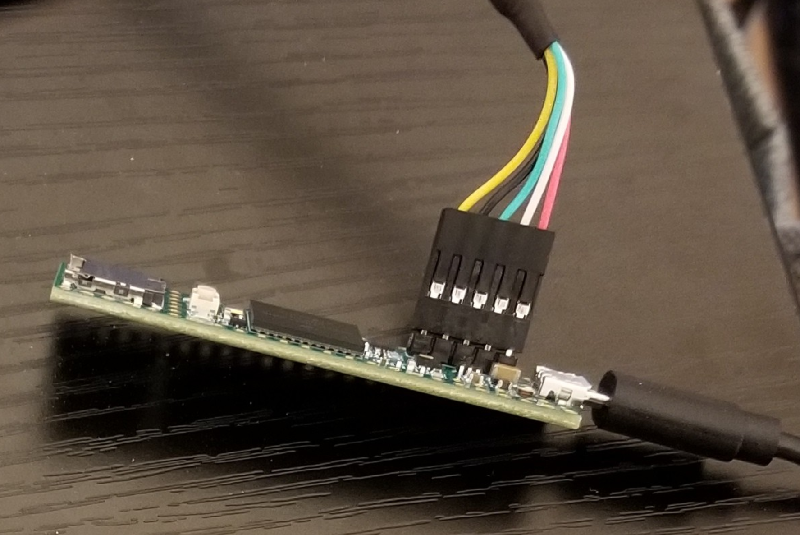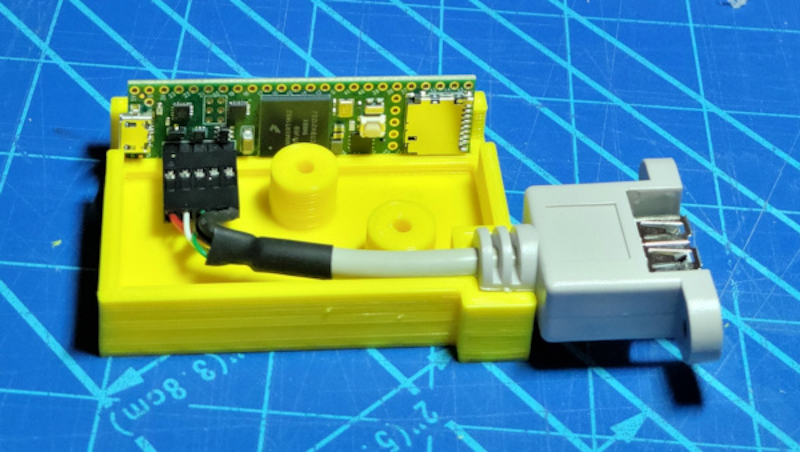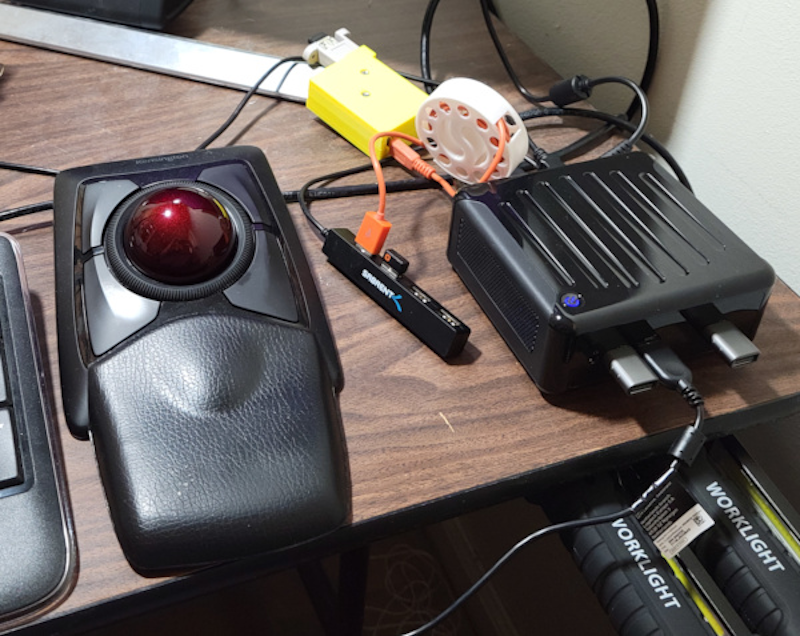Matt Venn, famous for Tiny Tapeout, wanted a Teensy 4-powered effects unit in the Pocket Operator-style form factor, and called it Teensy FX.
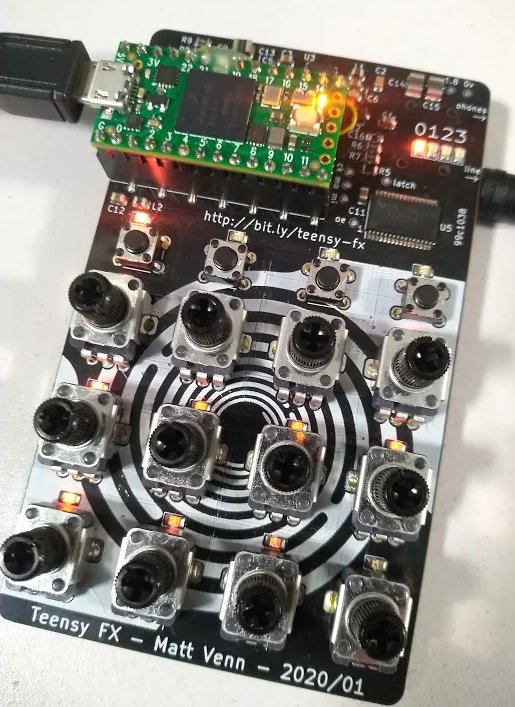
Unlike a typical Teenage Engineering Pocket Operator, the Teensy FX lacks an LCD screen, instead indicating everything via LEDs (e.g. brightness to represent parameter value). Additionally, whereas POs typically feature a grid of buttons and a couple of knobs, the FX features 12 knobs, which better lend themselves to tweaking effects levels.
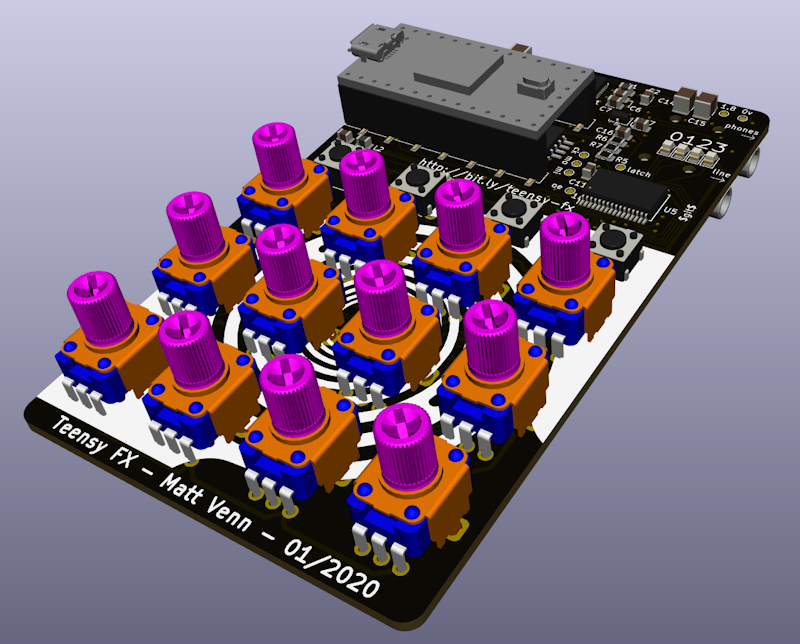
The design is based off of the similarly Pocket Operator-esque Teensy Beats Shield, and uses the same SGTL5000 low-power stereo codec. The FX’s patch was created using the Audio System Design Tool, and features filtered reverb, ping-pong filtered delay as a noise source, and more. The device also features PO sync to chain it with other Pocket Operators, and automation on each knob. Source, schematic, gerbers and more can be found on the project’s GitHub page, and an accompanying video series can be enjoyed below.
